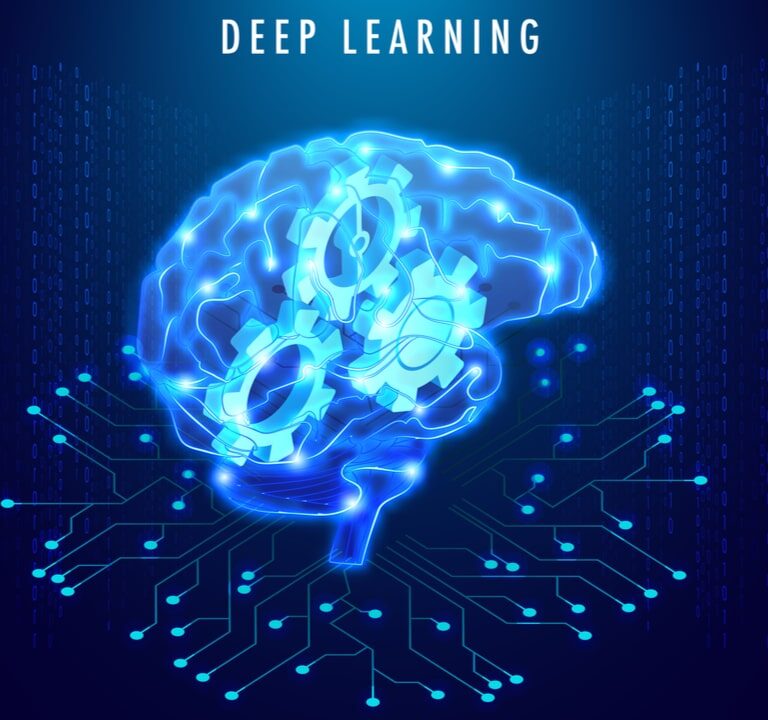
In today’s era driven by data, machine learning stands as a pivotal technology for businesses striving to gain a competitive edge. Nonetheless, comprehending the machine learning life cycle might appear daunting, particularly for business executives without technical backgrounds. This blog post aims to demystify the machine learning life cycle, elucidating each stage in simple terms, facilitating informed decisions for business executives.
Demystifying the Machine Learning Life Cycle The machine learning journey encompasses several distinct stages, each wielding its unique objectives and tasks. We shall delve into each stage, accentuating its significance within the comprehensive process.
Problem Definition:
This inaugural stage involves crystalizing the business challenge that machine learning endeavors to surmount. For instance, consider a retail enterprise aspiring to foresee customer attrition or optimize inventory control. Example: Imagine managing an e-commerce platform and aiming to enhance product recommendations, thereby elevating sales and customer contentment.
Data Collection and Preparation:
In this phase, pertinent data is amassed from diverse sources, spanning customer databases, social media hubs, or IoT devices. The amassed data subsequently undergoes preprocessing, purification, and metamorphosis, ensuring its caliber and suitability for analysis. Example: You compile customer data encompassing browsing histories, purchasing trends, and demographic insights, facilitating the creation of a personalized recommendation engine.
Feature Engineering:
This stage entails the curation and generation of meaningful attributes from the accessible data. For instance, within the ambit of prognosticating customer attrition, attributes like customer tenure, transactional history, and engagement indices may be derived.
Model Evaluation and Validation:
Once the model takes form, it necessitates appraisal and validation to affirm its efficacy and reliability. This phase entails the utilization of evaluation metrics like accuracy, precision, recall, or the F1-score to gauge the model’s performance. Example: Diverse recommendation models are juxtaposed based on metrics like precision, recall, and Mean Average Precision (MAP), culminating in the selection of the model exhibiting the superlative performance.
Model Deployment:
Following successful validation, the model takes its place in the business milieu. It is seamlessly assimilated into prevailing systems or applications, enabling real-time predictions or recommendations. Example: The chosen recommendation model is seamlessly integrated into the e-commerce platform, thereby orchestrating personalized product recommendations to users in real-time.
Monitoring and Maintenance:
The machine learning life cycle traverses beyond deployment. Sustained vigilance over the model’s performance, coupled with recurrent retraining utilizing novel data, assumes paramount importance in sustaining accuracy and efficacy over time.
Vital Considerations for Business Executives As a business executive, certain cardinal considerations must be borne in mind throughout the machine learning life cycle. Here are pivotal points deserving attention:
- Synergy between Data Scientists and Business Executives: Effective synergy and communication between data scientists and business executives are integral. A mutual grasp of each other’s objectives, perspectives, and constraints is imperative. Regular interactions engender alignment of expectations, nurturing fruitful outcomes.
- Ethical and Legal Reflection: The development and deployment of machine learning models ought to be underpinned by ethical and legal deliberations. Transparency, impartiality, and confidentiality emerge as pivotal facets warranting mindfulness throughout the entirety of the life cycle.
- Unceasing Learning and Enhancement: Machine learning models are inherently dynamic, necessitating perpetual evaluation, enhancement, and learning. Business executives should instill a culture of continuous learning, iterating upon models to cater to evolving business requisites and market dynamics.
Exemplars of Fruitful Machine Learning Implementations To reinforce the assimilation of the machine learning life cycle, let us explore real-world instances wherein businesses harnessed its prowess:
Netflix:
Employing machine learning algorithms, Netflix personalizes user experiences by furnishing tailored movie or TV show recommendations. The recommendation system peruses user viewing history, ratings, and other factors to tailor suggestions to individual preferences.
Amazon:
Amazon harnesses machine learning for its product recommendation engine. Through the analysis of customer browsing patterns, purchase histories, and demographic insights, Amazon proposes pertinent products to customers, heightening their shopping encounters.
Uber:
Machine learning journey underpins Uber’s pricing algorithms, optimizing dynamic price adjustments. By assimilating variables like demand, supply, traffic trends, and meteorological conditions, Uber dynamically modulates prices to optimize supply-demand equilibrium.






